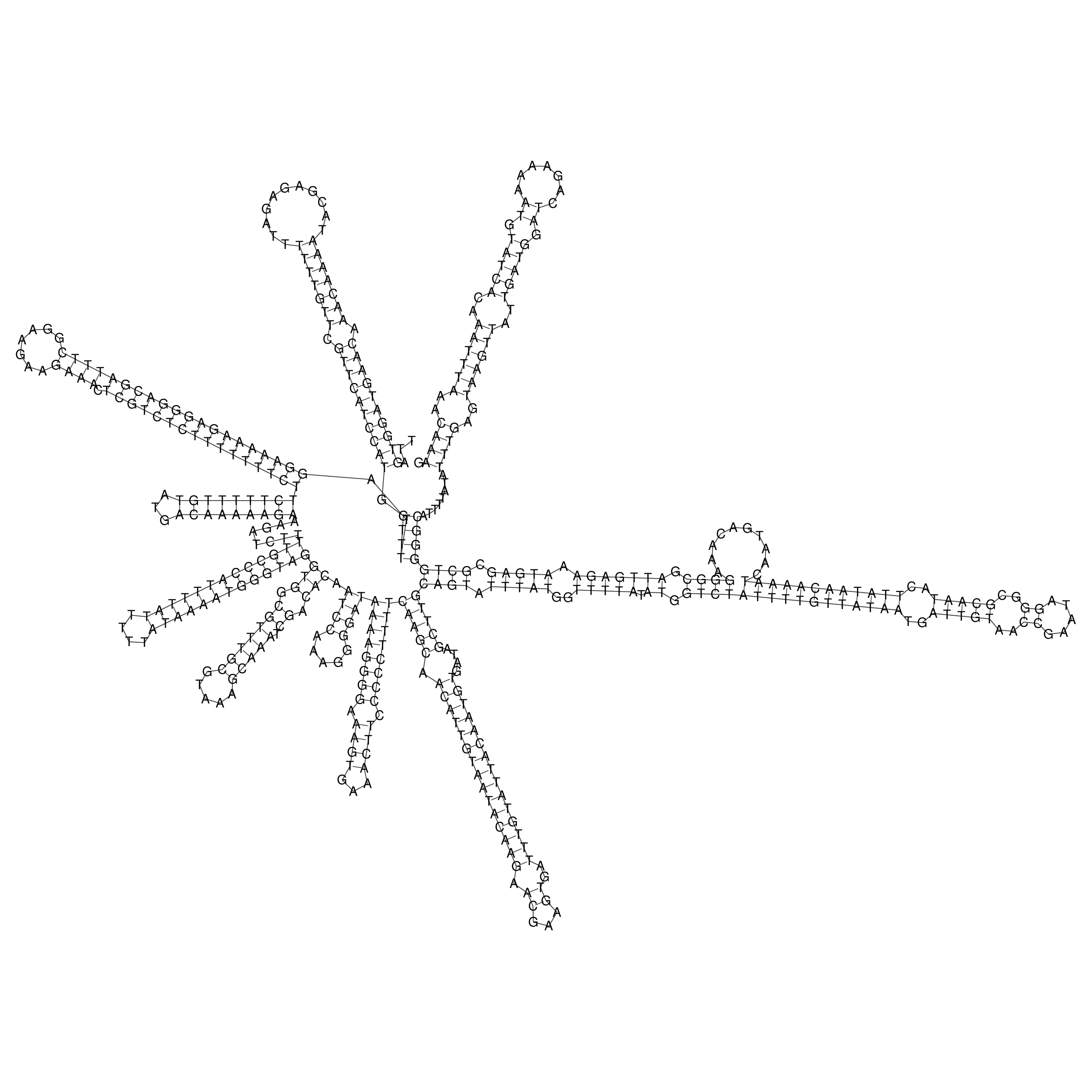Detailed information of oriT
oriT
The information of the oriT region
| oriTDB ID | 100164 |
| Name | oriT_pCD4 |
| Organism | Lactococcus lactis subsp. lactis |
| Sequence Completeness | intact |
| NCBI accession of oriT (coordinates [strand]) | NC_002748 (716..1179 [+], 464 nt) |
| oriT length | 464 nt |
| IRs (inverted repeats) | IR1: 139..148, 153..162 (CCCATTTTAT..ATAAAATGGG) IR2: 208..220, 224..236 (AAAAGGGGAAAGT..ACTTCCCCCTTTT) IR3: 243..256, 269..282 (ACATTGTAATACAA..TTGTATTACAATGT) |
| Location of nic site | 290..291 |
| Conserved sequence flanking the nic site |
CTTG|CA |
| Note | similar ot oriT of pGL3, pGL4, pSRQ800, pSRQ900 and pIL7 |
oriT sequence
Download Length: 464 nt
>oriT_pCD4
TTAGTGGATGAACAAACAAAATACGAGAGATTTTTTGTTCGTTCATCCATGGTTTTAGGAAAAAGAGGGACGATTTCGGAAGAAGAAACTCGTCTCTTTTTTTCTTCTTTTTGTATGACAAAAAGAAAGATCTTTTGCCCATTTTATTTTTATAAAATGGGTAGGTGGCGTTTGCGTAAAGCAAATCGACACAATCCAAAGGGGATAAAAGGGGAAAGTGAAACTTCCCCCTTTTCAAGCAACATTGTAATACAAGAACGAAGTGATTTGTATTACAATGTGATAGCTTGCAGTATTTATGGTTTTATATGGTCTATTTTGTTATAATGATTGTAACCGAATAGGGCGCAATACTTATAACAAAATCAATGACAAAGGGCGATTGAGAAATGAGCGCTGGGGCATTTTATATTTGAGTAAGTTATTGATGGATCAGAAAAATGTATCACAAATTTAAACAAAG
TTAGTGGATGAACAAACAAAATACGAGAGATTTTTTGTTCGTTCATCCATGGTTTTAGGAAAAAGAGGGACGATTTCGGAAGAAGAAACTCGTCTCTTTTTTTCTTCTTTTTGTATGACAAAAAGAAAGATCTTTTGCCCATTTTATTTTTATAAAATGGGTAGGTGGCGTTTGCGTAAAGCAAATCGACACAATCCAAAGGGGATAAAAGGGGAAAGTGAAACTTCCCCCTTTTCAAGCAACATTGTAATACAAGAACGAAGTGATTTGTATTACAATGTGATAGCTTGCAGTATTTATGGTTTTATATGGTCTATTTTGTTATAATGATTGTAACCGAATAGGGCGCAATACTTATAACAAAATCAATGACAAAGGGCGATTGAGAAATGAGCGCTGGGGCATTTTATATTTGAGTAAGTTATTGATGGATCAGAAAAATGTATCACAAATTTAAACAAAG
Visualization of oriT structure
oriT secondary structure
Predicted by RNAfold.
Download structure file
Reference
[1] Strahinic I et al. (2009) Molecular characterization of plasmids pS7a and pS7b from Lactococcus lactis subsp. lactis bv. diacetylactis S50 as a base for the construction of mobilizable cloning vectors. J Appl Microbiol. 106(1):78-88. [PMID:19040703]
[2] Emond E et al. (2001) Molecular characterization of a theta replication plasmid and its use for development of a two-component food-grade cloning system for Lactococcus lactis. Appl Environ Microbiol. 67(4):1700-9. [PMID:11282624]
Host bacterium
| ID | 158 | GenBank | NC_002748 |
| Plasmid name | pCD4 | Incompatibility group | _ |
| Plasmid size | 6094 bp | Coordinate of oriT [Strand] | 716..1179 [+] |
| Host baterium | Lactococcus lactis subsp. lactis |
Cargo genes
| Drug resistance gene | - |
| Virulence gene | - |
| Metal resistance gene | - |
| Degradation gene | - |
| Symbiosis gene | - |
| Anti-CRISPR | - |